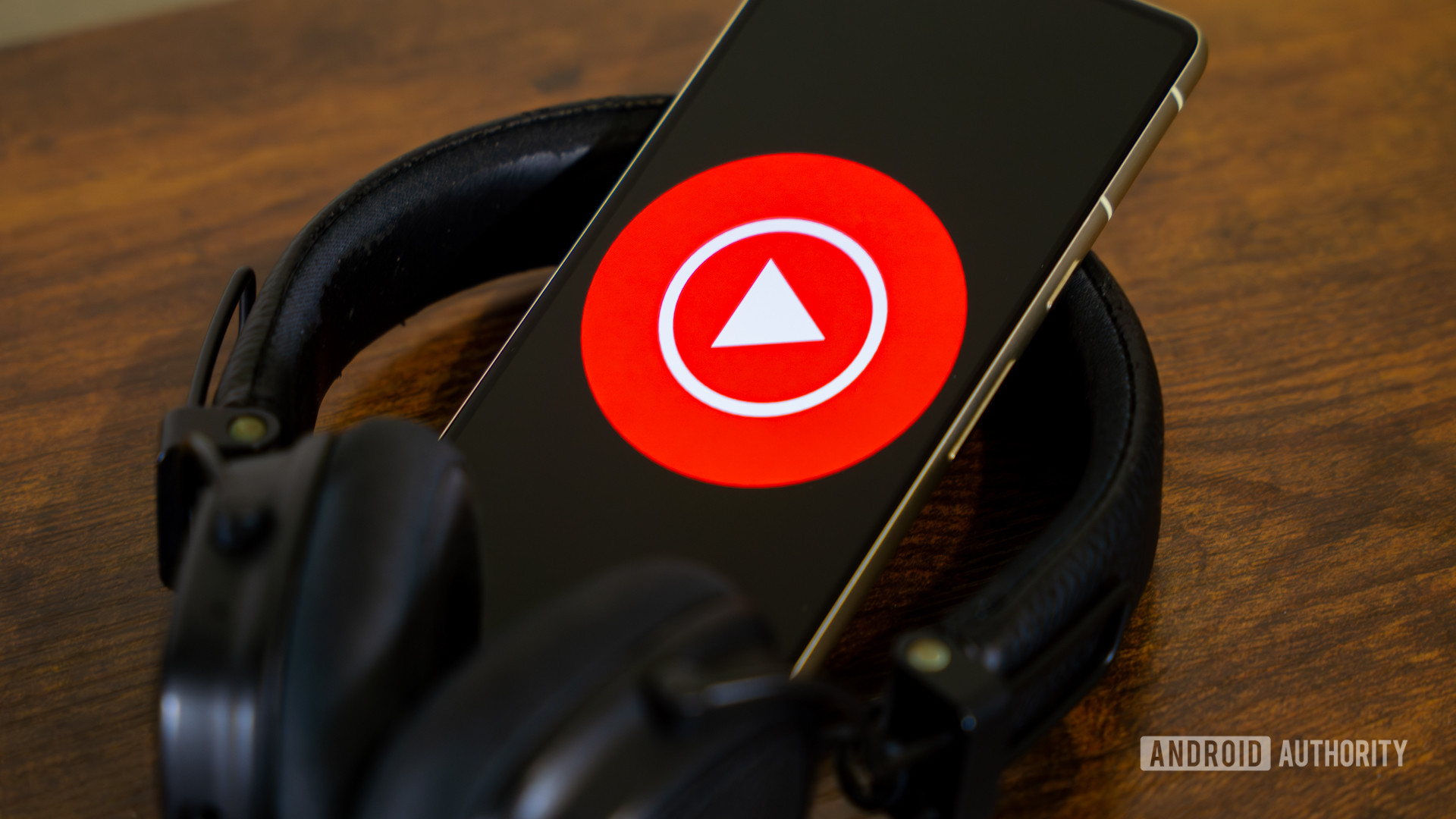Michael Thurow's exacting renewal of his vintage 1/50 scale Nichimo (former Marusan) 'Jake' model with progress pics continues in Part 2. Over to Michael then:- The Nichimo E13A 'Jake' revisited ? Part 2 Michael ThurowPart 2 of my Aichi E13A project...
Michael Thurow's exacting renewal of his vintage 1/50 scale Nichimo (former Marusan) 'Jake' model with progress pics continues in Part 2. Over to Michael then:-
The Nichimo E13A 'Jake' revisited ? Part 2
Michael Thurow
Part 2 of my Aichi E13A project starts with the fuselage interior. The Marusan/Nichimo kit has nothing to offer in this respect. I was lucky to have purchased the resin 'Jake' cockpit set from Lone Star Models a few years ago. Unfortunately the moulds had worn out when my set was cast which made the parts a bit clumsy and undefined with lots of flash. After some scraping and cleaning, however, they provide a decent portrayal of the cockpit.
I changed and added a few details as shown. In particular, I replaced LSM's inappropriate P-51 style console on the pilot's left with an authentic controls quadrant, and the navigator's seat was moved forward by 3 mm to match the canopy frames.
Despite the widespread use of the E13A during the entire Pacific War photo documentation of its cockpit interiors is very scarce. The most pictures and drawings were published in Maru Mechanic # 12. Even so there is no image of the starboard cockpit wall, and both LSM's representation of the control boxes and my enhancements are largely speculative. The meandering heating pipe is however genuine.
For a powerplant I cannibalised the Mitsubishi Zuisei from my Tamiya F1M2 'Pete' kit which I had replaced with a Vector aftermarket engine instead. The Zuisei was the smaller brother of the E13A's Mitsubishi Kinsei 43. It is in scale for 1/50 and fits Nichimo's cowling nicely. The prop is an A6M2 unit from a model long gone.
In order to protect my previous work I rigged and finished the floats before completing the cockpit. On the original 'Jake' the wires had different grades (10 to 16 mm). I standardised on two sizes of Griffin Jewelry Wire. My rigging method is structural (vs cosmetic), i.e. the cables are pulled tight to reinforce the airframe, which is of course more relevant for biplanes than in this case. The Griffin material (steel wire coated with nylon) is perfect: It won't yield, bend or rip, reacts easily with CA glue, and the gunmetal shimmer looks like wire and not like thread.





















